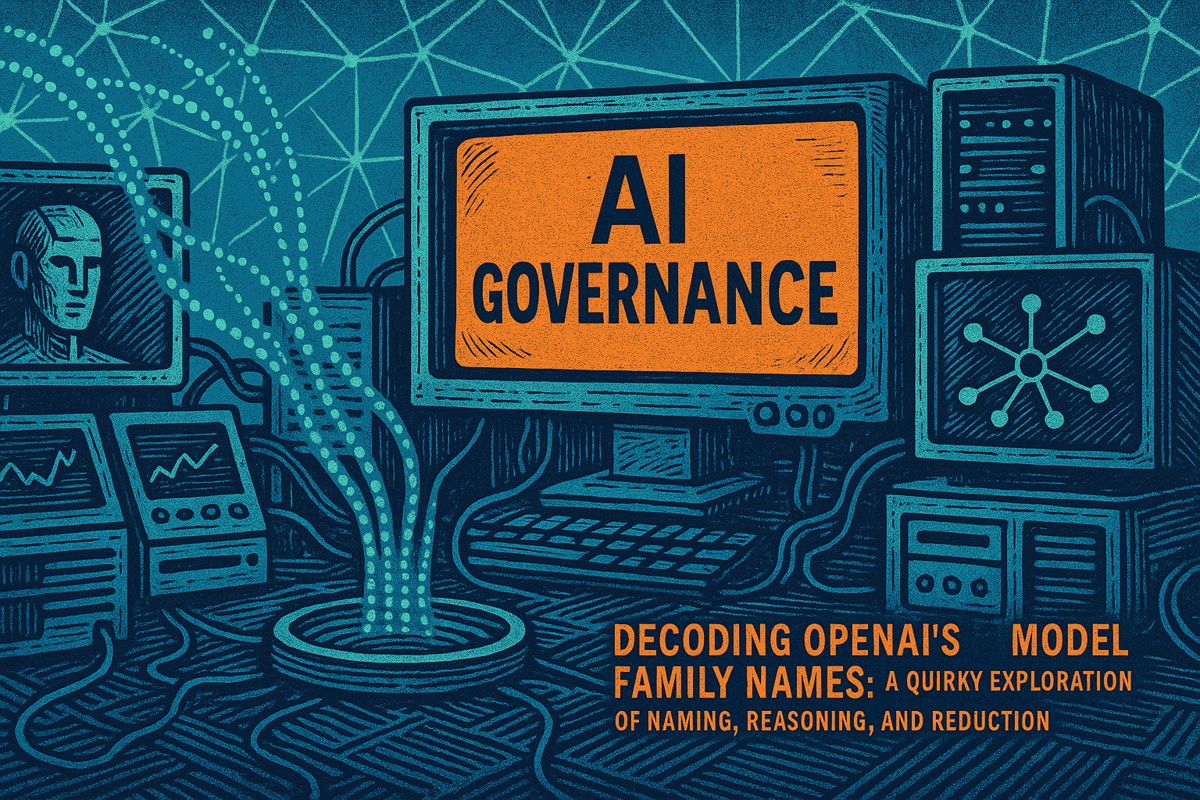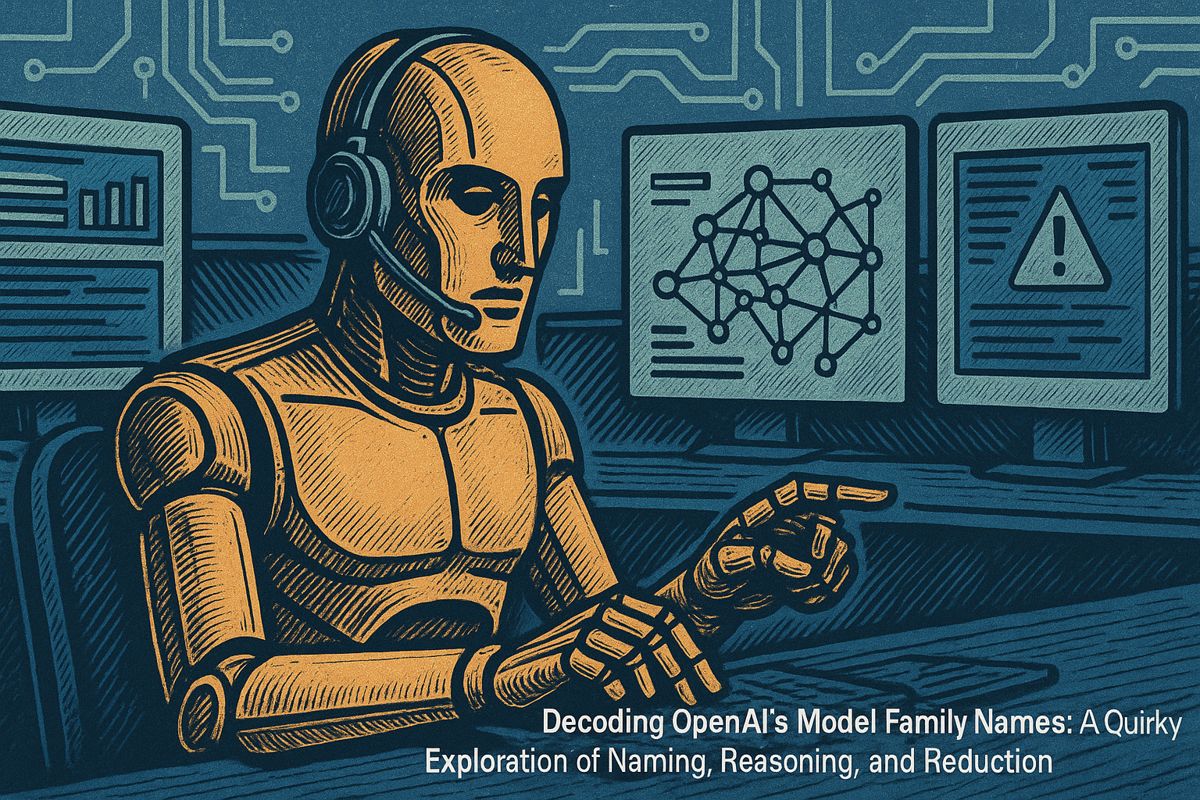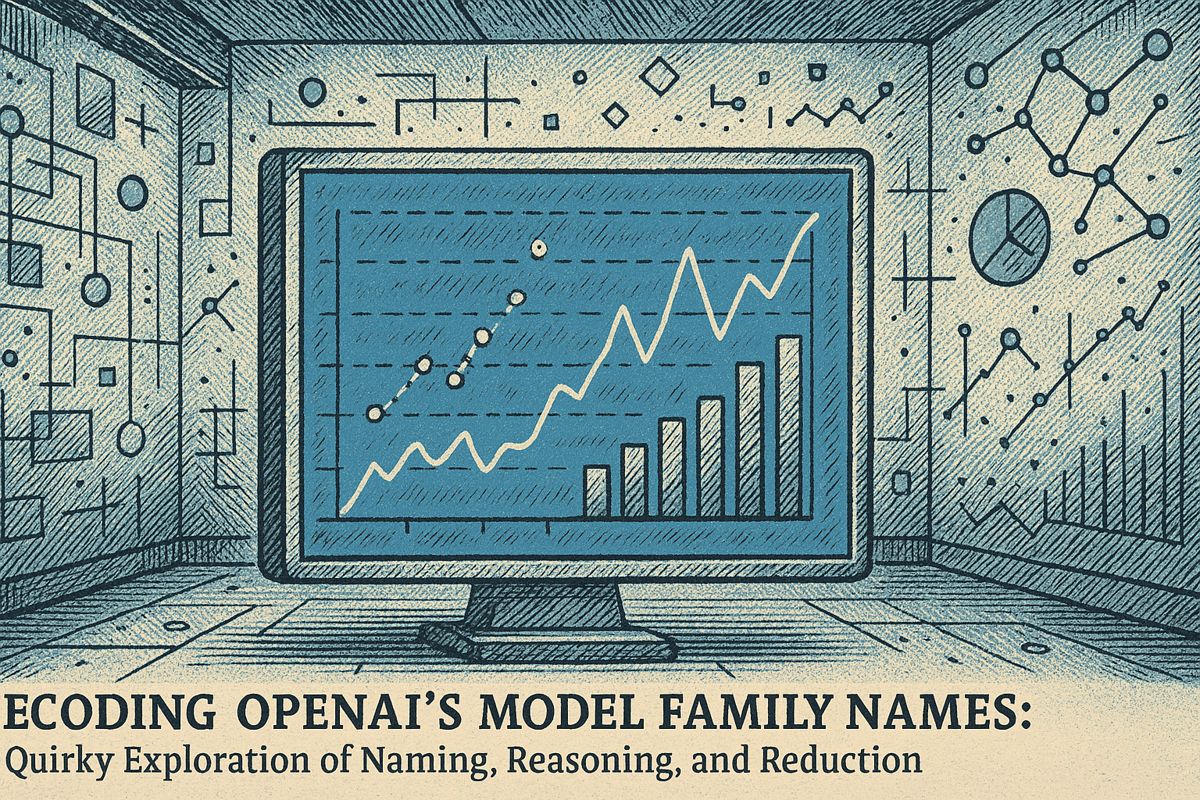Here’s the text with the most important phrase emphasized in markdown bold:
In the rapidly evolving world of cloud AI, governance has transformed from manual, sluggish processes to dynamic, real-time monitoring. Automated tools now track data lineage, model behaviors, and compliance instantly across multi-cloud platforms, replacing traditional audits with proactive, instant risk detection. These advanced systems can spot misconfigurations, suggest fixes, and adjust permissions faster than ever before, turning compliance into a living, breathing process. The new approach demands constant vigilance, layered automation, and a deep understanding of ethical and regulatory landscapes. As AI continues to grow more complex, real-time governance has become not just a strategy, but a survival instinct in the digital ecosystem.
What Is the New Approach to AI Governance in Cloud Environments?
Real-time governance is now critical for cloud AI, involving automated, continuous monitoring across multi-cloud platforms. Modern tools track data lineage, model behaviors, and compliance in real-time, replacing manual audits with dynamic, proactive oversight and instant risk detection.
From Manual Grunt Work to Digital Dynamo
Sometimes, while scrolling through SecurityWeek or the OpenAI blog, a headline about cloud-based AI governance tools leaps out at me like a fire alarm. It’s not quite nostalgia, but I do feel that shiver of recognition – a peculiar déjà vu from days spent wrestling with compliance tick-boxes, half-finished log audits, and the unrelenting drone of Slack pings. That was my old world: spreadsheets on one side, dashboards on the other, and a tepid cup of coffee sinking into oblivion. Manual governance. Remember it?
Those years taught me that underestimating the pace of change is a rookie error. Back then, quarterly audits and static policies would let you sleep (if not soundly, then at least with one eye half-open). Now, with AI living in the cloud, governance has become kinetic – all movement, no pause. Checklists alone won’t cut it. The modern recipe calls for constant vigilance, layered automation, and, if I’m honest, a pinch of humility.
I recall a compliance lead at ServiceNow who could identify a missing log entry faster than any SIEM platform. “It’s not just losing a needle in the haystack,” she’d joke, “it’s explaining to the auditor why you lost the entire field.” These days, she champions automated governance at Datadog, wrangling a haystack scattered across AWS, Azure, and Google Cloud Platform. It’s a different beast.
Real-Time Governance: The Cloud’s Relentless Tempo
Here’s the thing: AI in the cloud leaves you nowhere to hide. No forgotten folders. No dimly-lit corners. Every model is retraining, containers are spinning up or down, and user permissions slip and slide as if on an oil slick. Traditional audits feel about as useful as a rearview mirror on a bullet train. Blink and the risk’s already blown past you.
Is real-time governance just buzz? Not really. It’s the new survival instinct. Automation isn’t an excuse for idleness—it’s the minimum requirement to keep afloat. Take Yash Mehta’s observation: “Manual audits won’t cut it anymore. AI demands real-time governance, automation & visibility.” The best-in-class tools, like Vectra AI’s Cognito or Microsoft Purview, track data lineage, monitor models, and flag oddities as they emerge. Not next quarter. Right now. This is the stuff ISO 42001 and the NIST AI RMF expect – and they aren’t known for giving gold stars for “almost compliant.”
Visibility is the drumbeat: if you can’t map your AI’s behaviors, data sources, and pressure points, you’re governing blind. And we all know what breeds in the dark. Multi-cloud setups, each with idiosyncratic controls, amplify the chaos. I remember a week spent reconciling logs from AWS, Azure, and GCP – my blood pressure still hasn’t forgiven me.
Automation’s Double-Edged Sword (and a Sensory Jolt)
Automation steps in like a conductor for a rogue orchestra, tuning chaos into something that almost sounds like music. Modern platforms can spot blunders, suggest remediations, and tweak permissions faster than a caffeinated squirrel. AI policing AI: it’s an ouroboros devouring compliance headaches. These systems chase down misconfigurations across ephemeral workloads, plugging holes in real time. No more waiting for audit cycles to catch up.
But there’s an irony. When we traded predictability for agility, we met a new adversary: automation fatigue. Too many alerts, too much data, and the sort of skills gap that could swallow a small town. The relentless ping of notifications becomes white noise; even the sharpest engineers can catch themselves glossing over real warnings. I’ve done it, too – skipped an alert, paid the price. Lesson learned, though I still wince when I hear that synthetic chime.
Let’s not ignore the ethical labyrinth. Governance isn’t just about process now – it’s about trust, explainability, and fairness. With the US “AI Bill of Rights” and the constant drumbeat of EU regulations, the stakes are rising.
The Unfinished Symphony of Cloud AI Oversight
Here’s my rhetorical nudge: are we chasing automation, or is it chasing us? The dream is a self-governing, adaptive AI platform that satisfies regulators before they knock. The reality blinks between promise and peril – a chiaroscuro landscape, equal parts exhilarating and daunting.
Emotionally? There’s a cocktail of anxiety and excitement when I watch this field evolve. Sometimes I feel a pang of regret for the old, slower days – but only for a moment. The new rules are being written in real time, with oversight and automation humming at the heart of every decision. Compliance is a living process, not a quarterly snooze.
If you’re still clinging to spreadsheets and sleepy audits, maybe it’s time to step out of the shadows. Grab a fresh coffee – the real stuff, not whatever is lurking at the bottom of your mug. The future’s already started, and, frankly, it’s not waiting for us to catch up.
Oops… but that’s for another day.



















